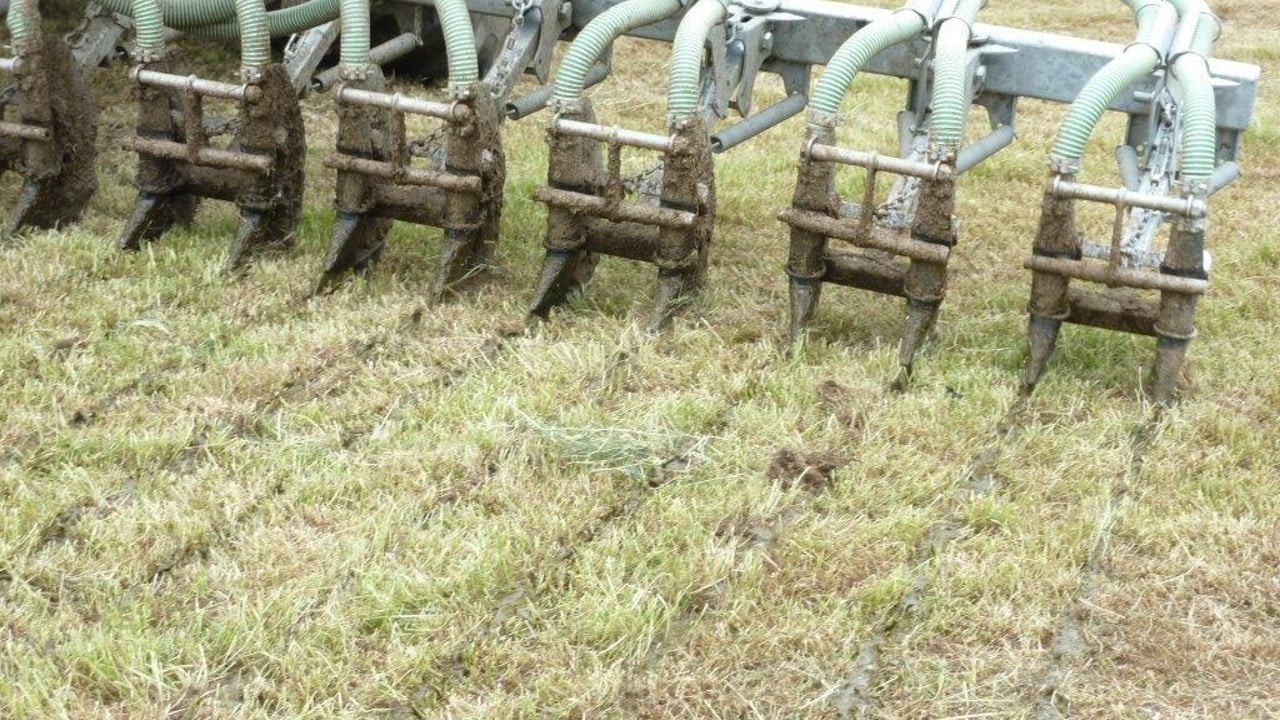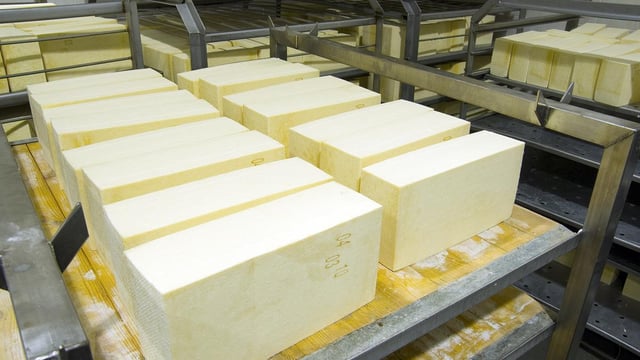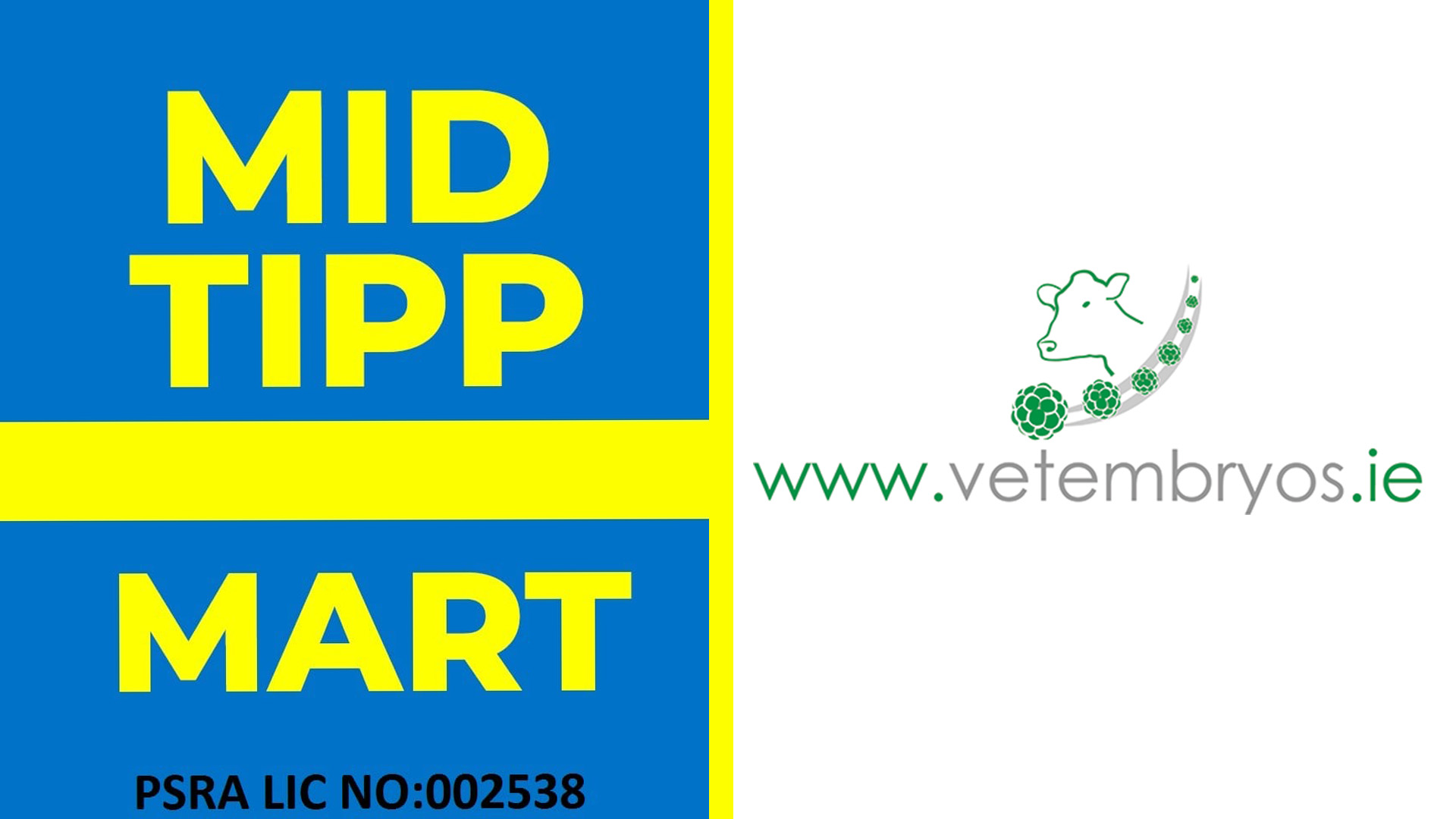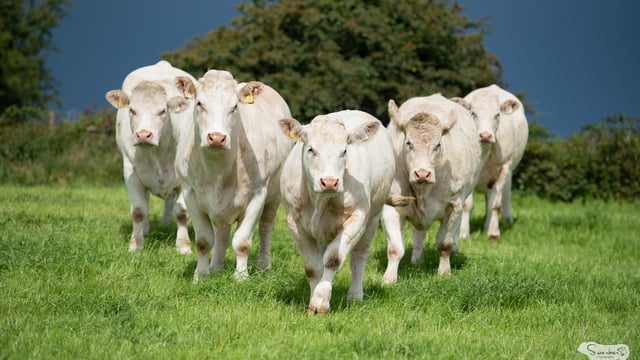Tough new slurry measures proposed under draft nitrates programme
A series of tough new measures for slurry storage are proposed in for Irish farmers in the next draft nitrates programme as drawn up by the Department of Agriculture, Food and the Marine (DAFM).
The department published "Ireland's Draft Nitrates Action Programme - Second Stage Consultation" today (Monday, August 9) which includes both proposed Good Agricultural Practice (GAP) and non-GAP measures as set out by DAFM.
Slurry storage and management is a key element in the department's proposals - with DAFM stating that there is a "slurry storage deficit on approximately 40% of dairy farms".
According to the DAFM document, the following measures are proposed:
"For farmers who wish to apply for a derogation, they have to have the legal minimum slurry storage capacity in place in order to be eligible," DAFM says.
Meanwhile, for farmers that do not wish to operate in a derogation, or who are at a lower stocking rate the requirement is to retain at least minimum legal capacity however reduced storage through outwintering in accordance with the regulations will only be allowed on farms with stocking rate less than 100 kg N/ha.
The current regulations provides for the compulsory usage of Low Emission Slurry Spreading (LESS) equipment for all farmers operating above 170kg N/ha and Derogation farmers.
In order to meet national ammonia and Agclimatise targets, the further compulsory implementation of LESS for more farmers will be required, the DAFM document says.
In order to align with these targets, the compulsory usage of LESS will be introduced for all farmers operating above 100 Kg livestock N/ha from 2023 and for all pig farmers from 2023 onwards.
In addition, all organic manures applied to arable land must be by low emission or incorporated within 12 hours of application, the proposals add.
Meanwhile, on the stocking rates side of things, livestock excretion rates have been under review over recent months as part of the Nitrates Action Programme, with the annual livestock nitrogen excretion rate for the dairy cow increased from 85kg/ha organic N to 89kg/ha organic N.
The European Commission also "raised issues with Ireland’s approach of a single organic output figure and have requested Ireland to evaluate allocating an excretion factor to the dairy cow based on milk yield".
DAFM said it requested Teagasc to review this request and has undertaken preliminary analysis reviewing the organic output versus milk yield, explaining:
DAFM has undertaken some preliminary analysis and provisionally estimate that if banded against annual milk yield, dairy cows would produce an organic output per cow as follows:
It is proposed to introduce these new excretion rates in a phased manner into the new Good Agricultural Practice Regulations, commencing on January 1, 2022, the department added.
In terms of short-term grazing, only land within 30km allowed to be considered in stocking rate calculation
Currently for Nitrates Derogation Farms, Commonage and Rough Grazing are permitted for inclusion for 170kg N/ha allowance.
In order to protect these areas further and the whole farm nutrient planning process, it is proposed to reduce these below the 170kg N/ha threshold.
For more details on the strict new proposals check out Agriland's article on soiled water and chemical fertiliser proposed measures here.





